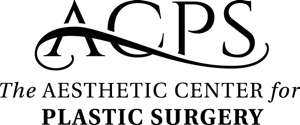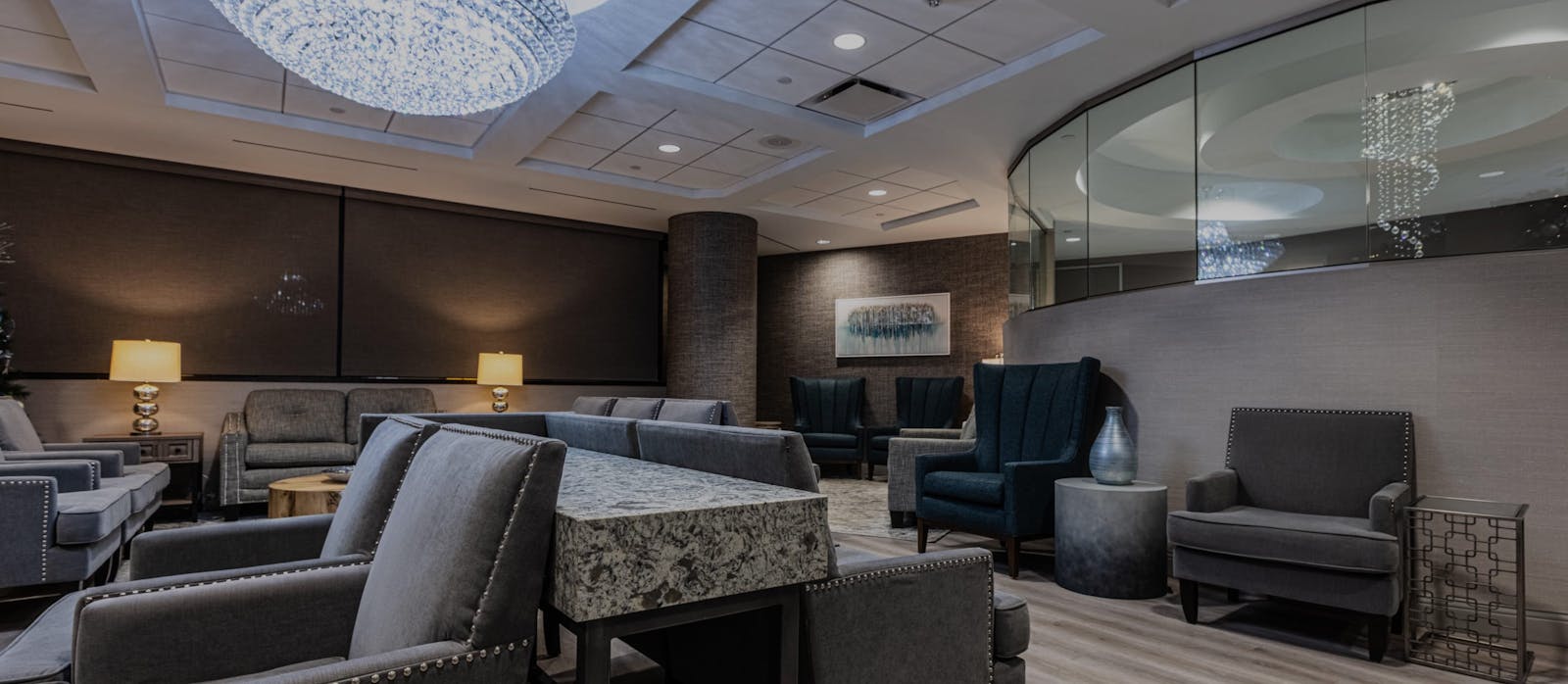When you hear about nose surgery, you may think of a standard nose job. However, rhinoplasty can also be life-changing for those who have breathing problems, chronic sinus infections, trouble sleeping, and other serious conditions. Dr. Mentz’s experience in ENT and Facial Plastic surgery enable his to offer functional improvement as well as aesthetic improvement.
Why Choose Dr. Mentz for Functional Rhinoplasty?
Functional rhinoplasty requires a skilled surgeon who has a deep knowledge of the delicate and complex nasal structures. Dr. Henry Mentz is an internationally respected plastic surgeon who holds the distinctive honor of being the nation’s first triple board-certified plastic surgeon (Plastic Surgery, Facial Plastic Surgery, and Head and Neck Surgery). With over 30 years in practice, Dr. Mentz is highly sought after and has received numerous prestigious honors for his contributions to the medical industry. He uses the absolute best techniques, personalizing each procedure to each unique patient. Dr. Mentz offers detail-oriented, patient-centric service; in-depth expertise, and comprehensive care. Not only this; he also provides a higher level of pre-and post-operative care with his concierge surgical and recovery experience. This includes home care visits, 24/7 access to a board-certified physician’s assistant throughout recovery, and much more. It is our goal to provide an exceptional and safe patient experience.




